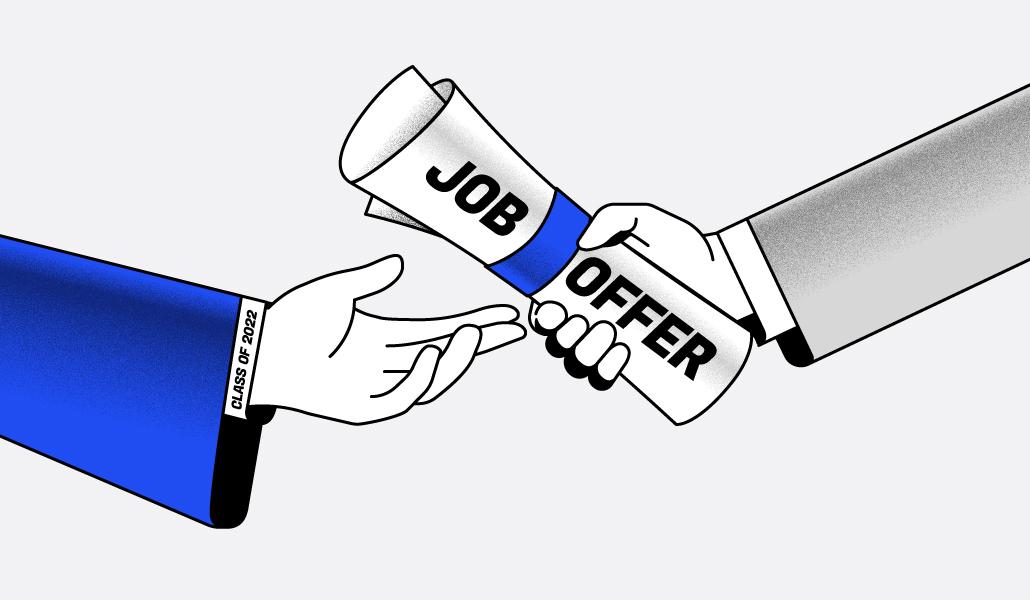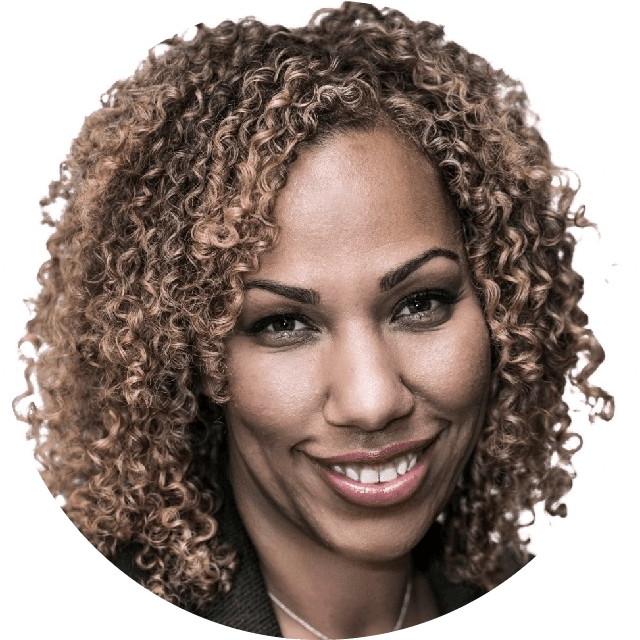How to identify a competitive benefits package

Whether you’re fresh out of college or a seasoned worker, it might feel complicated to break down a job benefit plan when starting with a new employer. Most people only think about one thing: salary. But salaries only account for 70% of employer costs — benefits take up the rest, according to the Bureau of Labor Statistics. That’s why it’s important to check the full package.
“I find clients of mine do not give any weight or credence to their employee benefit package,” said Stephanie Genkin, a certified financial planner and founder of Brooklyn-based investment advisor My Financial Planner. “When people get offers from multiple places, they typically compare the salary range, if there is a bonus, and how many days off they might get. Very rarely do I see people actually understand in a general sense the dollar value of their benefits package, which can be quite substantial.”
And now is a great time to do it. Over the last few months, many employers have been pulling out all the stops to improve their benefits for staff — to both attract and retain talent. And others are exploring flexible benefit offers where employees get a lump sum and can determine how they spend it.
When it comes to asking what makes a benefits package “good,” there are some basic things to check: health insurance, access to a retirement plan, and paid time off are all table stakes in corporate working environments. The rest can be more subjective and depend on what specifically an employee is looking for, like parental leave. Someone who is not having children wouldn’t need this to consider in their benefits package, but it might be a priority for someone who wants to.
Ashley Ryon, vice president of marketing at benefits company Avibra, said that while parental leave is becoming more common as a benefit, especially to attract and retain more talent, it is still not required. Even when it is offered, it varies from company to company like how much pay you will receive during leave, how much time you have to be at the job before taking leave, and if maternal and paternal needs are met.
“We’ve seen a real shift towards personalization in the last five to 10 years and employers are realizing this kind of one-size-fits-all approach doesn’t really work for everyone,” said Bethany Lopušnak, manager of Benefits Advisory at HR and compliance services company Mineral.
“The pandemic has really turbocharged that and employers are realizing how important things like time off and mental health are for employees and their businesses,” she added. “Employees are seeing much more flexible offerings now, where they can pick and choose for what works for them rather than having a static set of options.”
Sticking with the basics first, Genkin says it’s important to learn if the employer will pay part of the health insurance coverage.
“Anybody who has had to cover a full health care monthly cost on their own knows the value of the employer contribution to that package,” said Genkin. “It doesn’t mean you won’t have to kick in some money on a pre-tax basis, but having an employer that pays part can be very cost efficient and save you from going out into the marketplace.”
When it comes to retirement plans, pensions have been long out the door (except for government employees) and have been replaced with either a 401(k) for commercial companies or a 403b for non-profit organizations.
“Some people get hung up on whether there is a company [contribution] or not,” said Genkin. “A match is great, but even just having access to a 401(k) or 403b plan, even without the match, is very important because you can tax defer money on a much larger amount than you can with an individual retirement arrangement.”
Knowing if you get paid time off is also important, but it’s equally important to see if the number of days includes holidays or sick days wrapped up into the same number.
“I had an experience with a friend who was looking for a job and she was really excited because the organization offered her 20 days of paid time off, and she was like ‘this is fantastic, it’s four weeks and I can go on vacation’” said Lopušnak. “She got there and realized that those 20 days included their 10 paid holidays. So really she was only getting two weeks of both vacation and sick time.”
Benefit packages aren’t meant to confuse you, but that doesn’t mean they don’t, stressed Ryon. That’s why reading the fine print is important. Her suggestions are to check your plan year, which may be different than a calendar year, check co-pays and out-of-pocket-maximums, and make sure to follow steps like adding beneficiaries to your policies.
Besides the basics, companies have also begun including wellness programs as a part of their benefits package. For some companies, that might mean a company-wide mid-year break; for others, it might be access to wellness programs or gym memberships. According to Mineral’s 2022 State of HR Report, the more you prioritize employee well-being, the better a business will perform.
“Employees have an opportunity to capitalize on that as they’re looking for new jobs and can look for companies that have a culture of investment in HR,” said Lopušnak.
Lopušnak said she has also seen an increase in lifestyle spending accounts, which is when employers are offering a taxable bucket of money that employees can use for a wide variety of things, like gym memberships, pet insurance, or educational assistance.
Lopušnak says that after reviewing a new benefits package, there are three things to do: ask yourself what does “good” mean to you, research what similar companies are offering, and ask questions for more information. She suggests looking at your past year and seeing what you were grateful for and what you felt was missing.
“Then you can use that to then make a list of things that are your must-haves versus your nice-to-haves as you are assessing benefits packages,” said Lopušnak.
When it comes to researching, Lopušnak encourages people to look at other job listings in the same field to see what they offer to help provide context on whether a package is good. And ask questions.
“Today employers are often going to give you a really quick summary or a list of their options and that all looks great, but asking the right questions like ‘is there a waiting period for these benefits, do I get these on day one, do I have to wait two months, what else is involved, what’s the cost of the coverage that you offer?,’ are all important,” noted Lopušnak.


